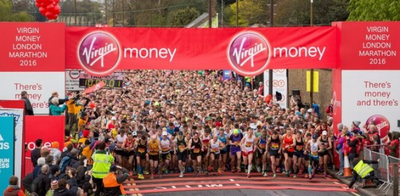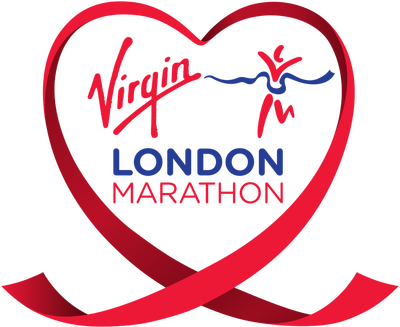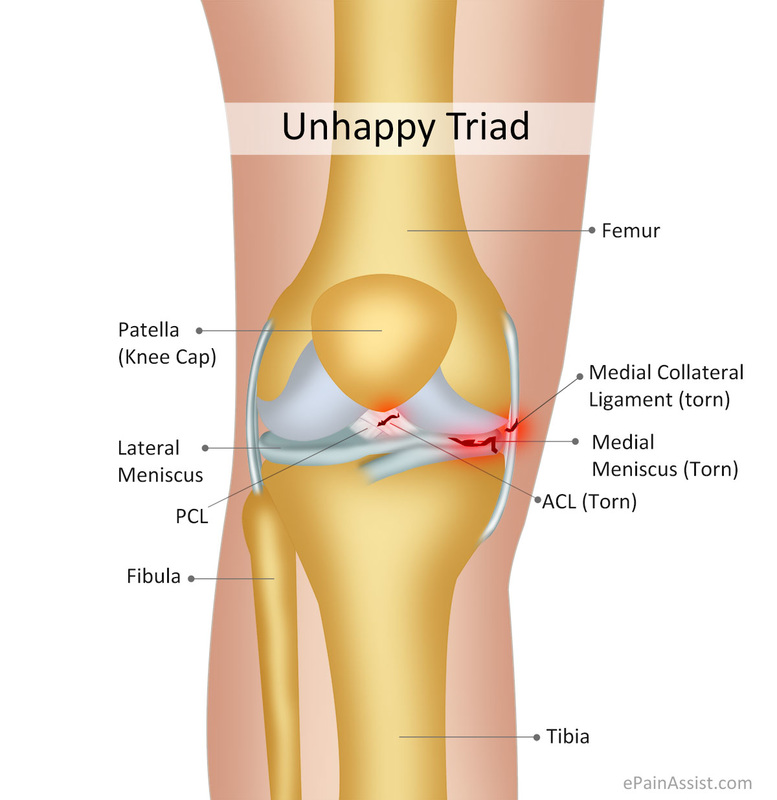|
"I was getting reassurance from somebody who competed at an elite level. I survived the marathon and managed to complete the course well inside my 4 hour target!"
A patient story from a patient who recently completed the London Marathon I was introduced to Elizabeth by JMax Fitness when I hurt my knee in an accident. I had just over 3 months to train for the London marathon, and having missed out through injury the previous year I would have been gutted to miss out again. Elizabeth quickly diagnosed my injury and got to work on rehab with no fuss, continually reassuring me I would be fit for London. Keeping it simple meant the rehab protocol was easy to follow and carry out and therefore more likely to succeed … which it did. From being fearful at my first visit that I might miss out to being back running in a few short weeks is testament to the expertise of Elizabeth. The aspect of the service and treatment that impressed me most was the emphasis on rehab and recurrence prevention and not just pain management. This along with the fact that, as a runner I was getting reassurance from somebody who competed at an elite level I was able to approach my heavy training schedule with confidence and knowledge that I was injury free. And the result speaks for itself … I survived the marathon and managed to complete the course well inside my 4 hour target! So thanks to Elizabeth for playing a massive part in that … your knowledge, professionalism and calm demeanour all contributed hugely to me getting to the start line … never mind the finish line! Thank you
0 Comments
(This blog was originally written by Dr. Tierney when she was a student on rotation at Sports PT in Rochester, NY in November 2014. The Blog appears on their website at http://www.sptny.com/blog/?p=2202.)
Unless a traumatic injury occurs (like a dislocated hip and a concurrent tear after a car accident or a fall), hip acetabular labral tears often get misdiagnosed or go undetected. This is because non-diagnostic testing for labral tears coincides with more common problems like tendonitis. The “hip labrum” is the cartilage that surrounds the socket of the ball and socket joint in the hip. It helps to provide greater stability by forming a ring around the edge of the socket. It is frequently torn, and here are some signs that you may have an acetabular labral tear:
Sources:
Knee injuries are very common in athletes due to high impact collisions and cutting or direction changes.
A very common injury in sports with high impact and/or sudden cutting and direction changes is a tear to the ACL (Anterior Cruciate Ligament) in the knee. This ligament runs from the femur (thigh bone) to the tibia (shin bone) and prevents the femur from moving too far forward or slipping off the tibia. There are 3 other ligaments in the knee that prevent excessive movement in all directions, the PCL (Posterior Cruciate Ligament), MCL (Medial Collateral Ligament) and LCL (Lateral Collateral Ligament). These ligaments, along with the medial and lateral menisci that act as a cushion on top of the tibia, provide all around stability in the knee and maintain the bending motion required for ideal knee function. In some occasions, ACL tears are accompanied by tears to the MCL and medial meniscus, thus resulting in the “unhealthy triad” injury of the knee. This injury is characterized by extreme pain, swelling, a popping or tearing sound at the time of impact, a feeling of instability and difficulty moving or standing on the knee. An x-ray or MRI will confirm the diagnosis and depending on the severity of the ACL, MCL and meniscus tears, surgical repair is recommended, followed by physiotherapy for a safe recovery. HCPC Registered:
The HCPC (Health and Care Professions Council) regulates and maintains a register of health and care professionals who must meet specific training, professional skills, behavior and health standards in order to practice in their respective fields. The HCPC regulates many professions, including but not limited to: physiotherapists, occupational therapists, speech and language therapists, chiropodists/podiatrists, dentists, dieticians, social workers and others. Each of the professions regulated by the HCPC have a professional title that is protected by law and can only be used by the individual who has met the training and professional standards to be a member of that profession and is registered with the HCPC. Though educated in the United states as a Doctor of Physical Therapy, Dr Elizabeth Tierney, PT, DPT is HCPC registered and has fulfilled the educational, training and professional requirements of the HCPC to work in the United Kingdom as a physiotherapist. Dr Tierney's HCPC Registration number: PH110832 A member of the CSP: The Chartered Society of Physiotherapists, or CSP, is the largest membership based organization for physiotherapists in the UK. The CSP supports physiotherapists and the profession as a whole to ensure that patients get the best possible care within the scope of physiotherapy practice. As a member of the CSP, Dr Tierney has access to the latest research, continuing education courses and other materials to provide patients with the best and most up to date care as possible. For more information about the HCPC visit http://www.hcpc-uk.org. For the CSP, visit http://www.csp.org.uk. |
AuthorWrite something about yourself. No need to be fancy, just an overview. Archives
May 2017
Categories |




 RSS Feed
RSS Feed
